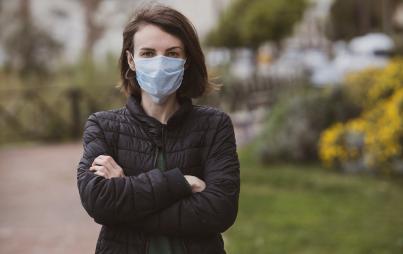
Texas is enduring its worst drought since the 1950's dust bowl catastrophe, and the city's sore lack of water has driven the local government to some rather creative methods when it comes to sustaining an H20 supply.
Wichita Falls is the second city in the Lone Star State to resort to toilet-to-tap methods after the ironically named town of Big Spring. How exactly does one go about transforming potty water into a safely-sipped drinking supply? And—real talk—just how disgusting is the finished product?
Turns out recycled wastewater is actually more thoroughly purified than what's currently running from your kitchen faucet, thanks to a three-part filtration-filled process that renders poo-water potable:
Step 1: Microfiltration snags bacteria, protozoa and solids
Step 2: Reverse Osmosis grabs viruses, salt and chemicals
Step 3: UV + H2O2 kills remaining chemicals and serves as the final disinfectant
The above is fairly standard for water treatment facilities, but wastewater gets some extra attention—what's called advanced oxidation—which guarantees sneaky contaminants that often slip by traditional filtration (personal care products, pharmaceuticals, etc) can be caught and cleared away.
So, if reusing wastewater really does safely work, is it the solution to Texas' withering environment? Sadly, not so much.
Even with the 45% reduction in water demand seen in Wichita Falls, the city is still projected to run dry by August of 2016. Cloud-seeding, also known as "weather modification" (seriously) has served as another serious effort to combat the drought, but to no avail. This science fiction-sounding process has actually been around since 1946, when scientists first discovered silver iodide and dry ice could be used to enhance ice crystal formation in clouds.
Chemicals have since been developed and tested in Texas (in addition to numerous other states as well as 40 other countries), stirring up controversy as to their safety (it would seem Rachel Carson successfully conjured and instilled an innate terror of planes spraying gallons of toxic god-knows-what into the atmosphere). The unfortunate truth here is that while cloud-seeding may or may not be effective, it often only is so in non-drought conditions, as it (obviously) depends on the presence of clouds—and not just any clouds; these need to be convective clouds, which are particularly scarce during the driest months.
With conservation, weather modification, and wastewater recycling aiding, but not solving the root problem, it would seem parts of Texas are on the path to becoming ghost towns, unless alternative methods can be quickly found.
Sipping toilet water while soaking in an ever-present chemical spritz doesn't sound particularly appealing, so we're doing our own frantic rain dance that Texas can find a crucial solution.
Image: ThinkStock






